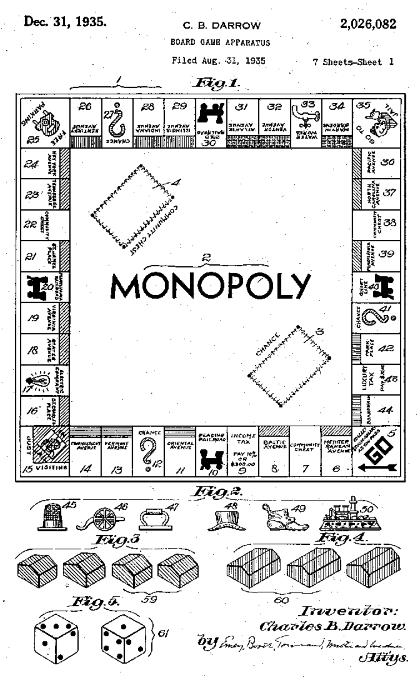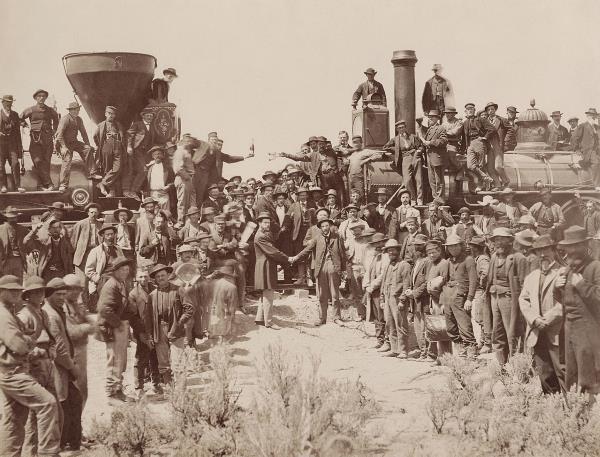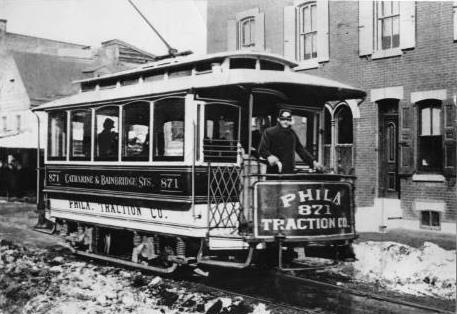What Happened During Industrial Revolution in America
The industrial revolution in America in the late 1700s changed the face of a nation and created the 20th century’s industrial powerhouse.
The Industrial Revolution is defined as the period when hand production gave way to machine production. It began in Britain around 1760, and lasted until 1840. During that time, iron production began, and increasing use was made of steam and water power.
RELATED: 27 INDUSTRIAL REVOLUTION INVENTIONS THAT CHANGED THE WORLD
In Britain, textiles were the dominant industry of the Industrial Revolution, and it was the first industry to use modern production methods.
RELATED: 45 OF THE GREATEST BRITISH INVENTIONS OF ALL TIME
In the U.S., which didn’t become a country until 1776, the economy was almost entirely agrarian and hand-made goods. The vast size of the new country, and its low population density were working against industrialization.
Slater, the Traitor
Then, in 1789, a textile mill owner named Moses Brown decided to build an advanced textile mill in the town of Pawtucket, Rhode Island. The only problem was he had no idea how to go about it. Enter a newly-arrived Englishman named Samuel Slater.
Slater had worked in English textile mills since the age of 10, and he quickly realized the value of the new processes he witnessed. Memorizing as much of the processes as he could, Slater lit out for the U.S., where he hooked up with Brown, and the two began designing the new mill. The mill opened in 1793, and it was the first water-powered, roller spinning textile mill in the U.S.
RELATED: INDUSTRIAL REVOLUTION – THE ULTIMATE GUIDE TO THIS GAME CHANGING PERIOD
U.S. President Andrew Jackson called Slater, the “Father of the American Industrial Revolution” while in England, he was known as “Slater the Traitor.”
Cut Off During the War of 1812
During the War of 1812, the British blockaded ports along the U.S.’s eastern seaboard, which cut off the importation of goods from Britain. Americans were forced to manufacture goods they had formerly imported. Since the U.S. was rich in natural resources, such as timber, coal, iron, copper, silver, and gold, industries soon sprang up to take advantage of them.
By the 1820s, New England and the Middle Atlantic states had become heavily industrialized, producing clocks, textiles, shoes, and cast-iron stoves. But, as the new factories produced more goods, the need arose to transport those goods.
In New York State, the Erie Canal was completed in 1825. It created a water route from the Atlantic Ocean to the Great Lakes, running 363 miles (584 km) from the Hudson River to Lake Erie. Shipping goods through the canal cost only a fraction of what it cost to ship overland.

Soon, new roads were created, such as the Wilderness Road, which connected southern Kentucky and northern Tennessee with the eastern states. Steamboats began plying the Mississippi River, transporting goods, and railroads began springing up. On August 9, 1831, the first railroad to utilize a locomotive engine, the Mohawk and Hudson Railroad, was opened.
The patent for the first Monopoly Game showed the importance of railroads with its four: Short Line, Reading, Pennsylvania, and B. & O. Railroads.
RELATED: THE REAL INVENTOR OF MONOPOLY: ELIZABETH J. MAGIE

Crossing the Country
A Transcontinental Railroad was begun that would span the U.S. from the Atlantic to the Pacific Oceans. Coming from the east was the Union Pacific Railroad, which used primarily Irish immigrants to lay the thousands of miles of track. Coming from the west, was the Central Pacific Railroad, which recruited primarily Cantonese immigrants.
They endured back-breaking labor to lay track over the Sierra Nevada mountains. Finally, on May 10, 1869, the two railroads met at Promontory Summit, Utah. The 150th anniversary of this event is next month, and celebrations are planned to commemorate it.

By the second half of the 19th century, people were flocking to cities, such as New York City and Chicago, to become part of the new labor force.
New inventions, such as electricity and the light bulb, brought about even more industrialization. Electricity powered new industrial machines, and the light bulb allowed factories to remain open for longer hours.
RELATED: WHO ACTUALLY INVENTED THE INCANDESCENT LIGHT BULB?

The invention of the electric motor led to the electric trolley and electric subway trains. By the 1890s, the U.S. had surpassed Britain in manufacturing output, and by the beginning of the 20th century, U.S. per capita incomes were double those of Germany and France, and 50% higher than those of Britain.
 SHOW COMMENT ()
SHOW COMMENT ()










